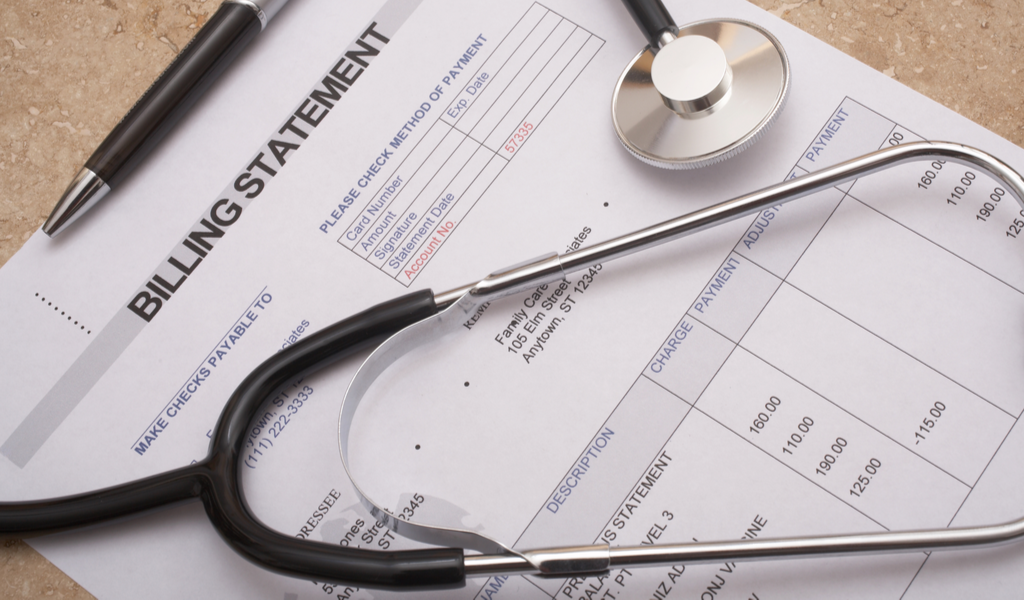Medical debt always seems to come out of nowhere. I mean, none of us are ever prepared to get hit by life-threatening medical conditions or ones that seem to require insanely expensive treatment. Good financial advice says that you should always be prepared for an emergency, but sometimes, that’s easier said than done. And other times, your medical needs may exceed even what you’ve set aside.
In that case, you may be facing a huge pile of medical bills that you don’t know how you’re going to pay back. Don’t panic! There are a few ways in which you can get a bit of relief from medical debt; you just need to know how and where to look for it.

Here are 7 ways to get medical debt relief:
Check Your Bills for Errors
Given that as many as 80% of hospital bills are likely to have errors, this is the first thing you should do. As your healthcare provider for an itemized bill, which will list out all the charges in detail. Make sure to go through each charge to check for any discrepancies.
Common billing errors include duplicate charges, charges for canceled tests/procedures, unbundled charges, and incorrect quantities of medication. You should also make sure that personal information such as the patient’s name and insurance policy number is correct. Otherwise, this could lead to your claims being rejected.
Speaking of your insurance provider, you should also get an EOB, or explanation of benefits, from them. Similar to an itemized hospital bill, an EOB will list out all the services you were billed for along with the information about how much your insurance paid for and what is left for you to cover.
Negotiate with Your Healthcare Provider
Your doctor’s office is probably the last place you expected to negotiate for a lower price, but you’d be surprised to know exactly how many healthcare providers are willing to give you a “discount” on your medical bills.
That’s not to say it’s going to be easy. You’ll probably hear a lot of no’s, but don’t let the first few deter you. Trust us, it’s far better to deal with your hospital or doctor’s office than it is to deal with debt collectors. Hospitals may also be open to giving you a reduction in the hopes of receiving part of the payment if they know that you can’t afford to pay in full. You may have to provide documentation to prove this. But you can instill confidence by offering to settle a chunk of your bill, say around 20-30% of it, up front by cash.
If you feel that you are being overcharged for any services that your health insurance doesn’t cover, do some research at other local hospitals to find out what they’re charging for the same. This will give you more negotiating power. If you do manage to get an agreement to reduce the bill, make sure to get it in writing as soon as possible!
Review Your Insurance Policy
Go through your health insurance policy to make sure that you are aware of all the terms. You may have read them when you signed up, but chances are that you don’t remember everything or even that there were certain terms that you had not understood. Get informed about your policy’s terms regarding copays, deductible, out-of-pocket maximums, and whether your healthcare provider is considered in-network or out-of-network.
Once you have your EOB, check to make sure that it matches up with what your policy claims to cover. If you think there is a certain service that should have been covered under your plan, talk to your insurance provider. It may have been denied due to an error such as an incorrect code.
If your claim was denied for some other reason, but you feel like the reason is not justified, you can appeal the policy provider’s decision. You can request an internal review by the insurer, but the Affordable Care Act also allows you to request an external review conducted by an independent third party.
Request a Payment Plan
If you’re unable to get a reduction on your medical bills, the next step would be to request a payment plan that allows you to make smaller monthly payments instead of having to settle a large amount in one go. Plus, this is an interest-free option, so you don’t have to worry about being charged extra!
Most hospitals are open to this idea since it means they will eventually get all of their money. Have an honest conversation with them and come to an agreement about an amount you can afford to pay every month. As always, make sure to get the agreement down on paper as well.

Look for Financial Assistance Programs
If talks with your hospital’s accounting department don’t work out, you can try looking for financial assistance programs or charitable organizations that help people get medical debt relief. Oftentimes, your hospital will be able to direct you towards these programs too.
You may be eligible for financial assistance if you’re on low income, are unemployed, uninsured, or have insurance but still owe a significant amount beyond what your policy covers. In certain cases, you may be required to apply for Medicaid, which may cover the previous three months of expenses if you qualify, before applying for financial assistance if you’re rejected.
Hire a Medical Bill Advocate
Assuming that you aren’t a medical expert, you may have trouble decoding an especially large or complex bill. In such a case, it may be worth hiring a medical bill advocate. These experts may be able to spot errors that weren’t visible to your untrained eye and negotiate lower costs on your behalf.
Most medical bill advocates charge by the hour, which can be kind of expensive as hourly charges typically go upwards of $100. Others prefer to take a percentage of the amount they’re able to get reduced, somewhere around 25-35%.
If you feel that even this is unaffordable to you, can seek out free or low-cost assistance through nonprofit advocacy groups. The Alliance of Claims Assistance Professionals and Medical Billing Advocates of America are two good resources for finding an advocate.
Consider Bankruptcy
Medical bankruptcy isn’t something that is legally recognized, so your only option is to file for bankruptcy. The good news, though, is that unlike tax or student loan debt, medical debt can be discharged in bankruptcy. Individuals and couples who are thinking of filing for bankruptcy can opt for Chapter 7 “liquidation bankruptcy” or Chapter 13 “wage-earner bankruptcy”. Those who don’t have the means to repay their debt are eligible for Chapter 7, and those whose income makes them ineligible can apply for Chapter 13.
However, keep in mind that bankruptcy isn’t something that should be taken lightly. Your credit score will be absolutely shredded. Chapter 7 bankruptcy will stick around on your credit report for 10 years and Chapter 13 stays for around 7. So, make sure you’ve exhausted all of your options before thinking of this one.



